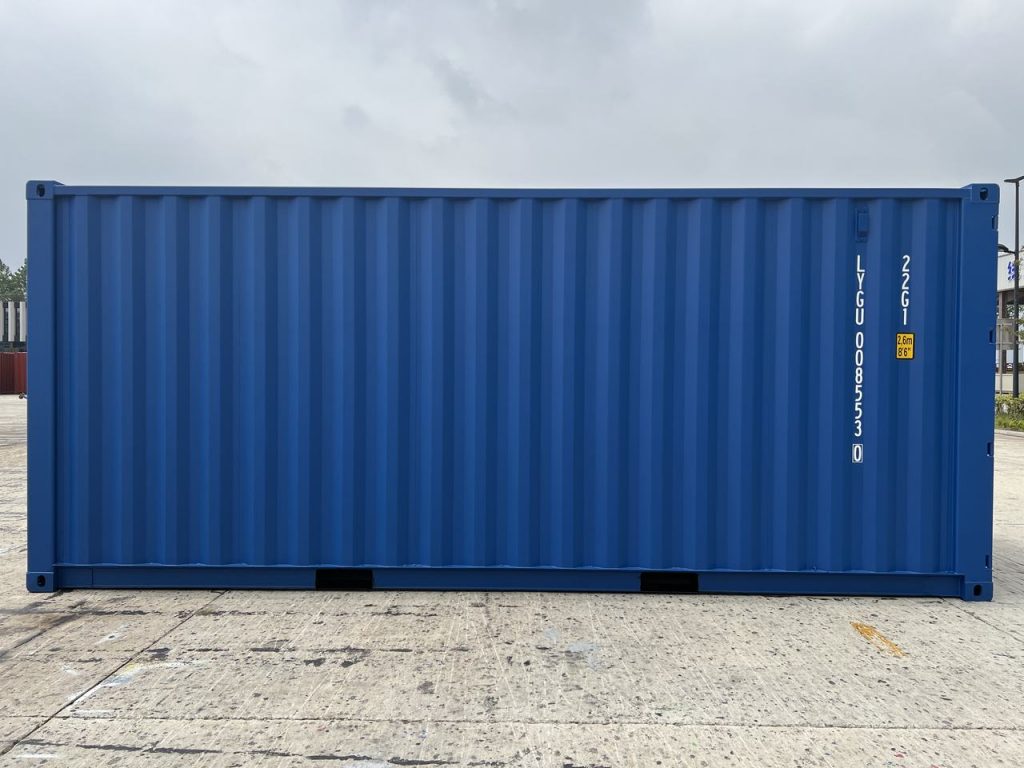Exploring the Feasibility of Shipping Liquids: Challenges, Solutions, and Best Practices

Shipping liquids can be a complex process that requires careful consideration of various factors. From the nature of the liquid itself to packaging, handling, and transportation, there are several challenges to overcome. In this article, we will delve into the feasibility of shipping liquids and explore the solutions and best practices that can ensure a successful and efficient shipping process.
- Understanding the Challenges:
Shipping liquids presents unique challenges compared to shipping solid or dry goods. Some of the key challenges include:
a) Leakage and Spillage: Liquids have the potential to leak or spill during transportation, leading to damage to other goods, contamination, and safety hazards.
b) Packaging and Compatibility: Choosing the right packaging materials and ensuring compatibility between the liquid and the packaging is crucial to prevent leaks, breakages, or chemical reactions.
c) Regulatory Compliance: Different liquids may be subject to specific regulations and restrictions, such as hazardous materials regulations, which must be adhered to for safe and legal transportation.
- Solutions and Best Practices:
To overcome the challenges associated with shipping liquids, the following solutions and best practices can be implemented:
a) Proper Packaging: Using leak-proof containers, such as bottles with secure caps or drums with tight seals, is essential. Additionally, considering the compatibility of the liquid with the packaging material is crucial to prevent any adverse reactions.
b) Cushioning and Stabilization: Providing adequate cushioning and stabilization within the packaging can minimize the risk of breakage or damage during transit. This can be achieved through the use of appropriate packing materials, such as foam inserts or bubble wrap.
c) Labeling and Documentation: Clearly labeling the packages with appropriate handling instructions, warnings, and identification of the contents is essential. Additionally, ensuring accurate and complete documentation, including safety data sheets and shipping manifests, is crucial for regulatory compliance.
d) Transportation Considerations: Choosing the right mode of transportation, such as air, sea, or road, depending on the nature of the liquid and the destination, is important. Each mode has its own set of regulations and requirements that must be followed.
e) Insurance Coverage: Obtaining appropriate insurance coverage for the liquid shipments can provide financial protection in case of any unforeseen incidents or damages during transit.
- Industry-Specific Considerations:
Different industries have specific requirements and considerations when it comes to shipping liquids. For example:
a) Pharmaceutical Industry: Temperature control, proper labeling of pharmaceutical liquids, and compliance with Good Distribution Practices (GDP) are critical factors.
b) Food and Beverage Industry: Ensuring food-grade packaging, compliance with food safety regulations, and maintaining the integrity and freshness of the products are key considerations.
c) Chemical Industry: Hazardous materials handling, compliance with safety regulations, and proper documentation are of utmost importance in the chemical industry.
Conclusion:
Shipping liquids is indeed possible, but it requires careful planning, adherence to regulations, and implementation of best practices. By understanding the challenges, implementing appropriate solutions, and considering industry-specific requirements, businesses can ensure the safe and efficient transportation of liquids. Whether it is pharmaceuticals, food and beverages, or chemicals, a well-executed shipping process can contribute to the success and growth of any industry.


